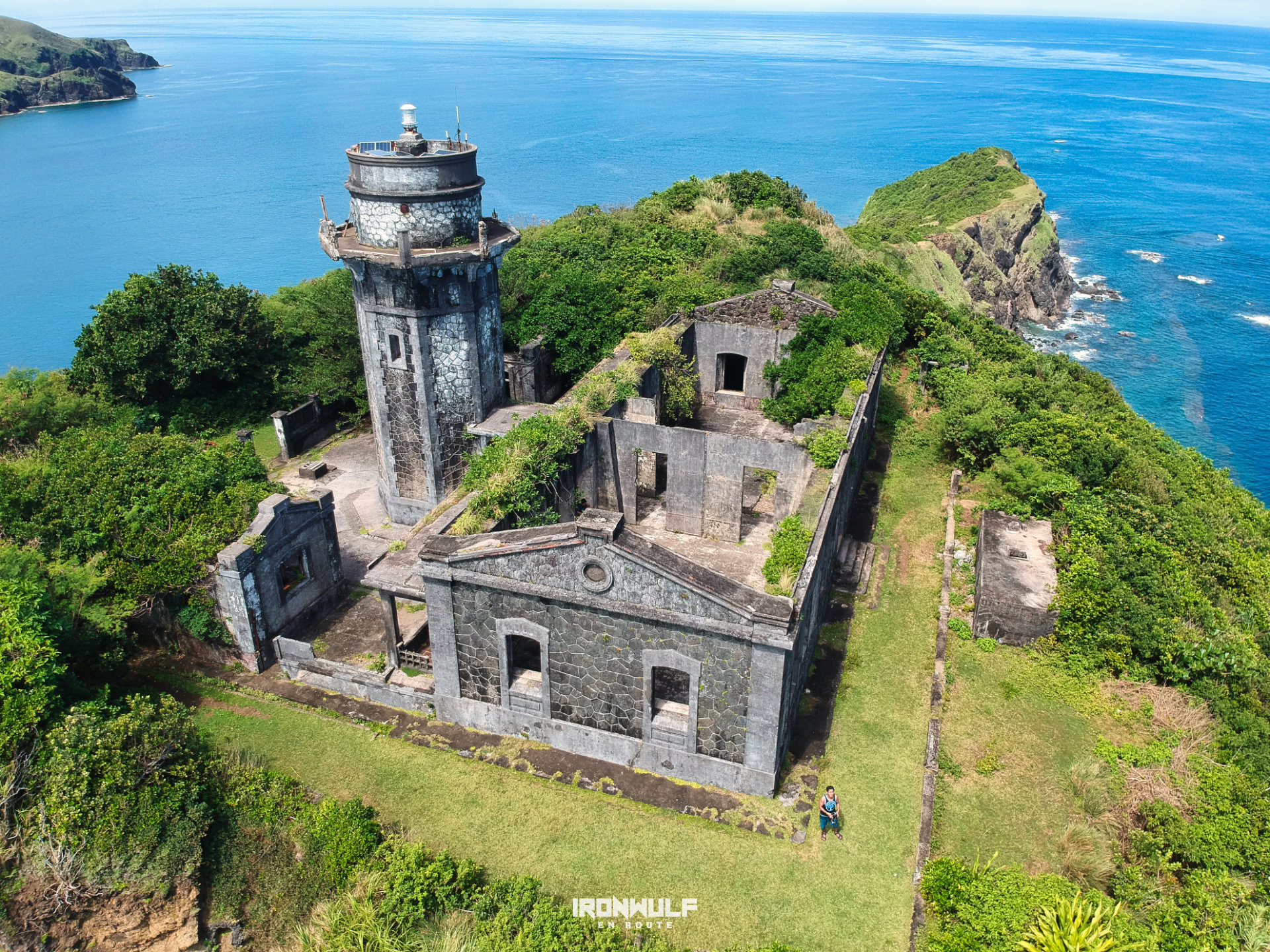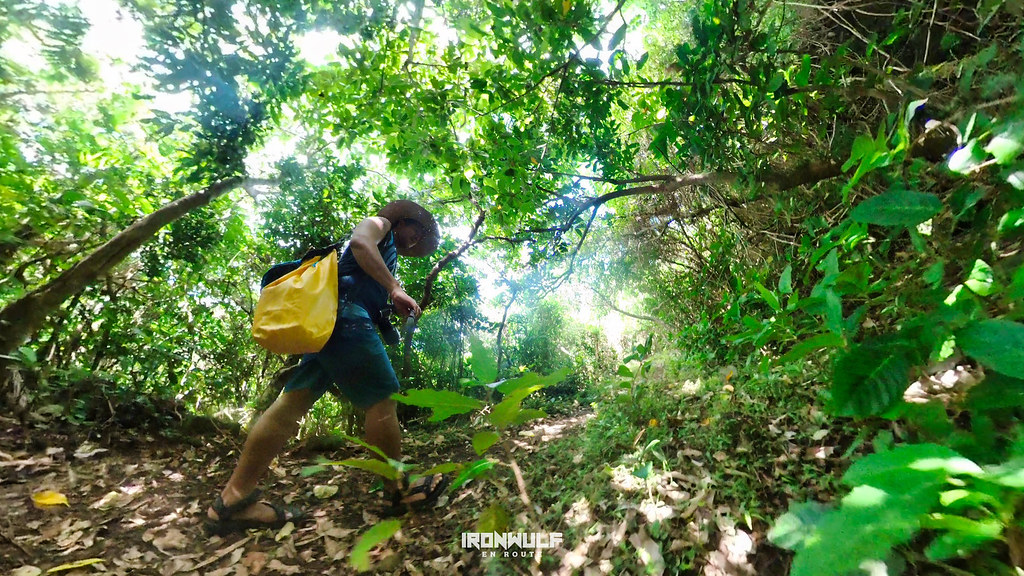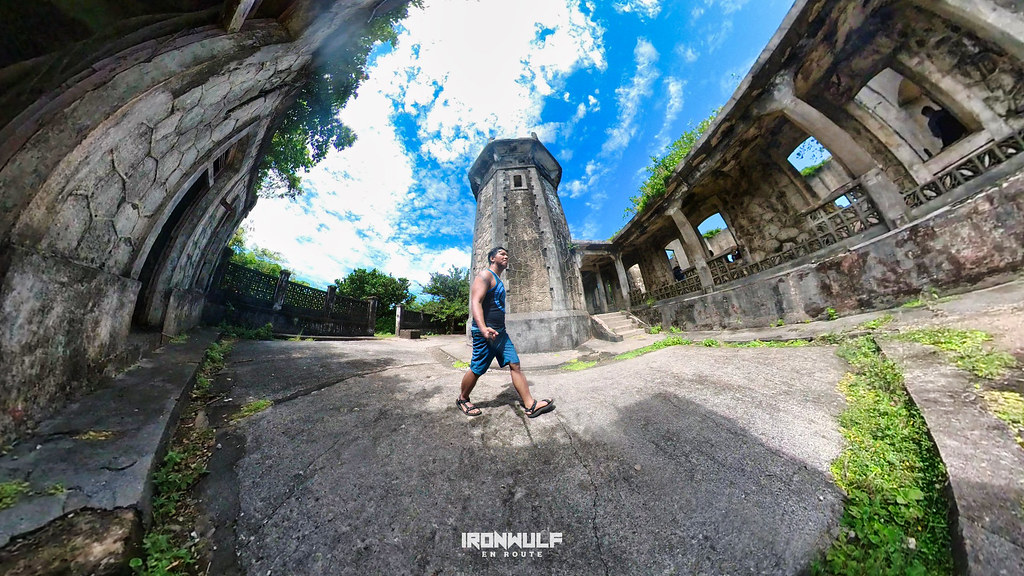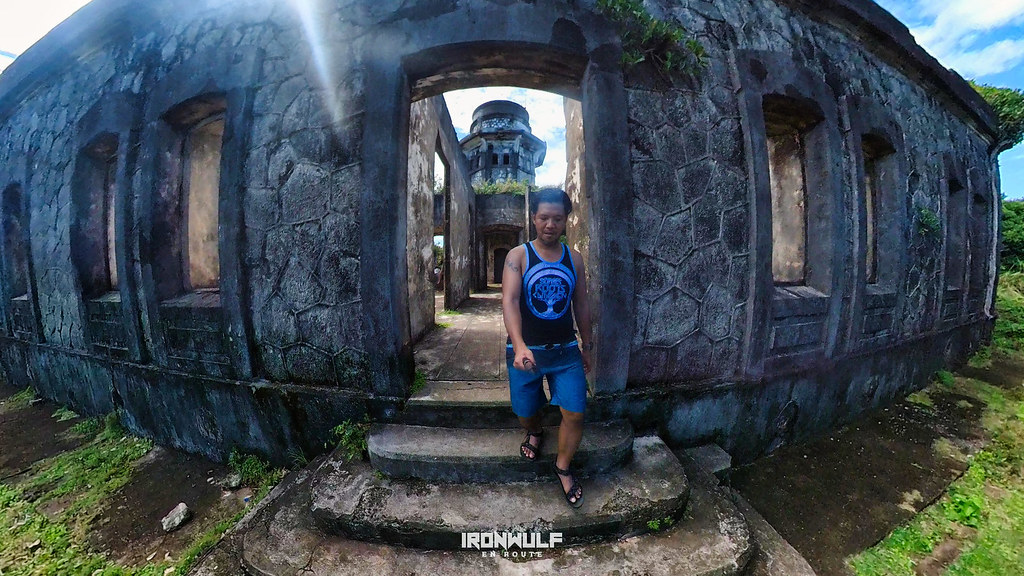It took more than a decade but I finally found my way back to the northwestern tip of Cagayan Valley. So much has happened the last decade or so in Palaui island. Admittedly, it’s the biggest tourist draw in Santa Ana, Cagayan. It has hosted 2 seasons of America’s Survivor series back in 2013. There are other Survivors from other countries that followed. But the most significant development for me is the designation of the island as a “National Park” due to the Expanded National Integrated Protected Area System (ENIPAS) act signed by President Duterte in June 22, 2018.

Palaui island Protected Landscape and Seascapes
The inclusion of Palaui island changes a lot in terms of rules and restrictions on the island. Protected Area Management Board (PAMB) is tasked to managing the natural resource of the island. Ensuring stricter rules and enforcement to protect the 10km long and 5km island where 105 species of rattan thrive and is sanctuary for 90 specie of migratory birds.
The waters surrounding the island were also declared a National Marine Reserve. Beneath are more than 50 hectares of pristine corals which is home to 21 commercial species of fishes.
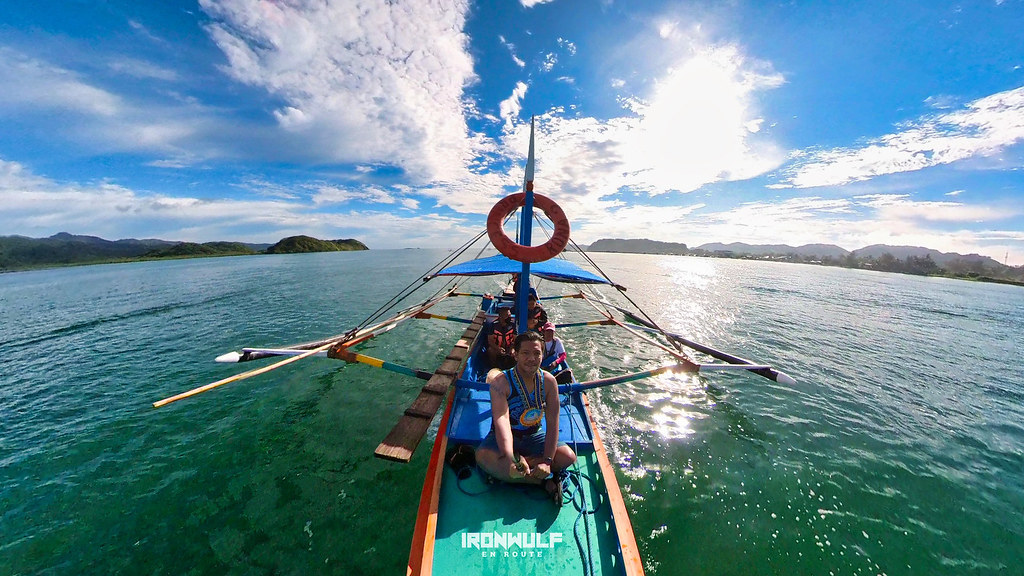
Limited Entry
The rugged and raw beauty of Palaui island is not as easily accessible as before. PAMB enforces a strict 100 visitors/day limit on the island. So it’s best to book a slot ahead.
During the pandemic, the island was closed-off including the community on the eastern side. Before, pre-pandemic, people can stay at the community and partake in cultural activities with the agtas, the indigenous people of the island like weaving and learning their traditions. Visitors would eventually trek for 2-3 hours to the Cape Engaño lighthouse with a side-trip to a falls. But as of this writing, trekking and access to the community side of the island is restricted.

At the moment, only the northwestern side of the island is open which includes the. Cape Engaño Cove and the hills and ridges surrounding the Cape Engaño lighthouse.
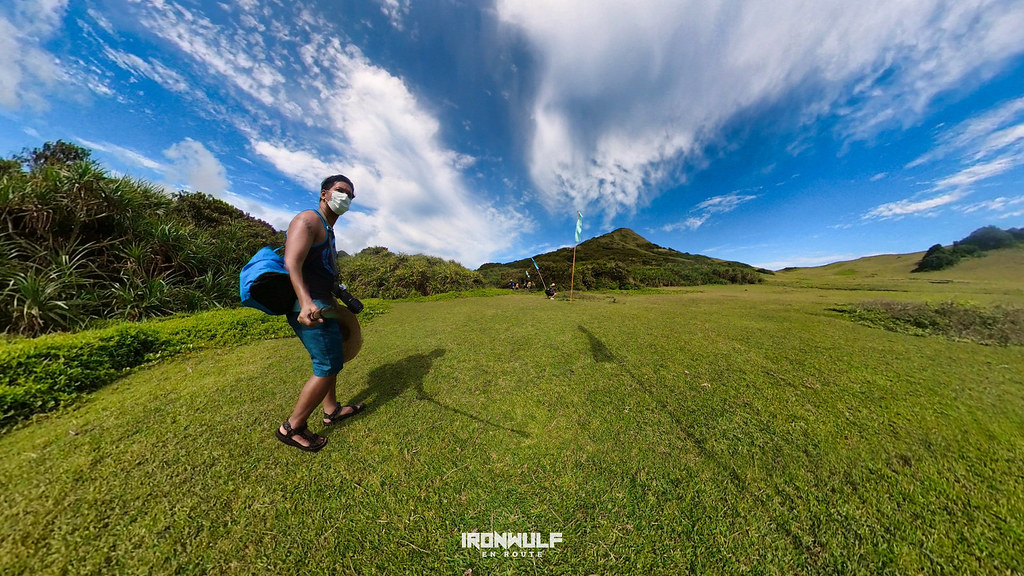
Developing Facilities
We were blessed with bright and sunny weather on our recent visit. The jump-off is at San Vicente port where a two-story pavilion is where guest would register, pay fees, secure boat and guides. We’re riding an outrigger boat this time in contrast from the speedboat we rode the first time. I thought it was a much more relaxed pace albeit the lengthier travel time.
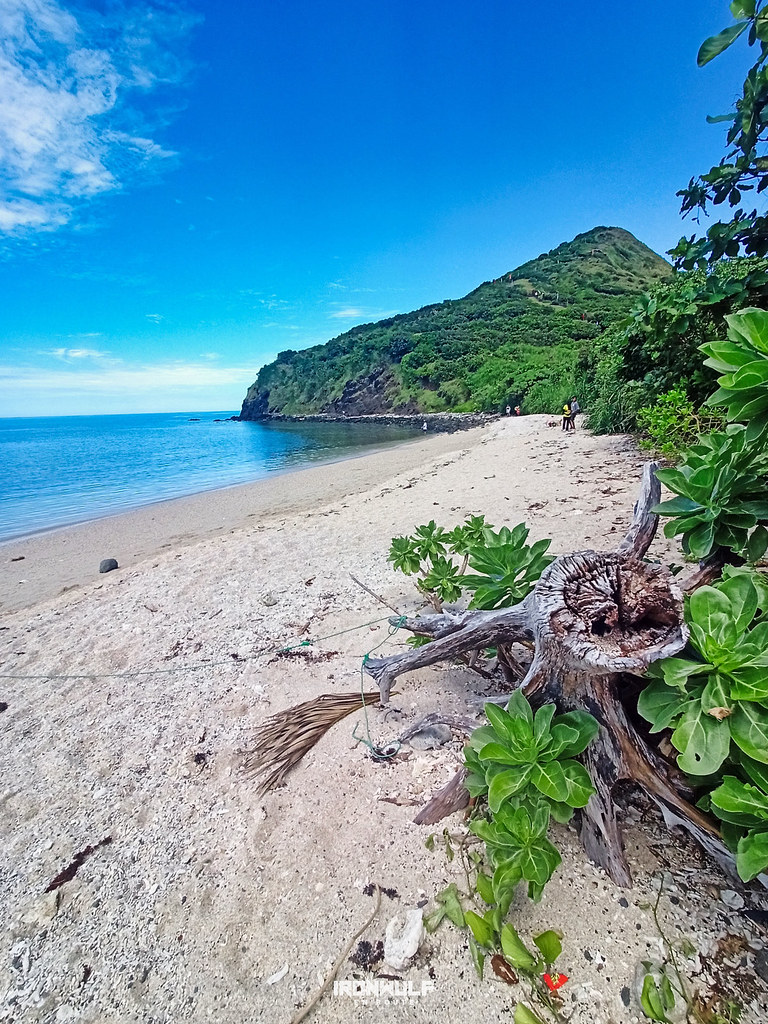
I was elated to see the familiar craggy islets and rocky ridges as we approach Cape Engaño Cove. I could see the the Cape Engaño lighthouse peeking through the vegetation atop the hill. The island feels like a familiar friend welcoming me back.
There were a few structures being built which we were told would be the receiving area and a souvenir shop. I also noticed a few information boards. Camping is no longer allowed on the island unlike before. I would wish there were more info boards though like maps, flora and fauna found on the island. I was told it was already planned.

Trail Flags and Viewing Decks
I already wrote about Palaui island and Cape Engaño during my first visit so I’ll focus on what has changed. The stairs were definitely refined. Newly painted with added railings to assist climbers. Colorful flags also situated at some points.
The view gets better as we climbed higher. I appreciate Palaui island’s beauty more under the sunny sky. The scenic cove, the grasslands and the hills in verdant glory. I could spot a few birds but they were definitely wary of our presence.

There’s couple of new resting spots and view decks as I’ve noticed. One coming from the covered forest trail. The other is just below the lighthouse with an open field and view of the Dos Hermanos rocky islets. Cape Engaño remains the same with vegetation gnarling its way along the walls and crevices. I still yearn for a little restoration and preservation of this structure which has survived two world wars already.
Taking advantage of the clear skies and good weather, I flew my drone and just marveled at the landscape of this island. Similar to its relative islands in Batanes, Palaui island is shaped by the elements. Naturally captivating and sweeping. I cherish being back here.

Essential Info
Our meals on the island were handled by Kulinarya Cagayan, a DOT Region 2 project were they train locals to serve sumptuous meals while preserving and offering authentic meals. This was prevalent on our arrival where we had a localized turon in banana and ube (local taro) variety with a wild honey and dip on the side.
On our main meals, the salmon soup was soothingly good! The squid dish and vegetables were naturally flavorful.
It’s best to plan your trip to the island. Below are details that may help you.

Requirements for Palaui Island
- Valid ID
- Vaccination Card
At the Cagayan Economic Zone Authority Tourism, register with the Municipal Tourism Officer and coast guard. There will be a short briefing and boat assignments are done here.
Here are the fees:
- Visitor Fee – (P50 – Santa Ana residents; P100 – visitors outside Santa Ana)
- Environmental Fee – P20
- Tour Guide Fee – P350 (1 guide to 4 guests ratio)
- Garbage Bag deposit – P200

Boat Rental Fees
| Single Destination | Fees | Remarks |
|---|---|---|
| Cape Engaño | P2,000 | Maximum of 5 hours. Additional P150 for every hour. |
| Anguib Beach | P1,800 | Additional P500 for overnight |
| Crocodile Island | P800 | Maximum of 5 hours. Additional P150 for every hour |
| Combination Destinations | Fees | Remarks |
|---|---|---|
| Cape Engaño – Crocodile Island | P2,500 | Whole day tour |
| Anguib Beach – Crocodile Island | P2,300 | Whole day tour. Additional P500 for overnight |
| Cape Engaño – Anguib Beach | P3,500 | Whole day tour. Additional P500 for overnight |
| Cape Engaño – Crocodile Islnd – Anguib Beach | P4,000 | Whole day tour. Additional P500 for overnight |
For inquiries and reservations:
Protected Area Management Board (PAMB) only allow up to 100 visitors a day at Palaui Island. Make sure to book your visit especially on peak seasons.
Municipal Tourism Office (MTO) Hotline: 09167431280
CEZA Hotline: 09651988801
PAMO Hotline: 09959261450
For more information and assistance on tours, contact Cagayan Turismo at their Facebook Page.

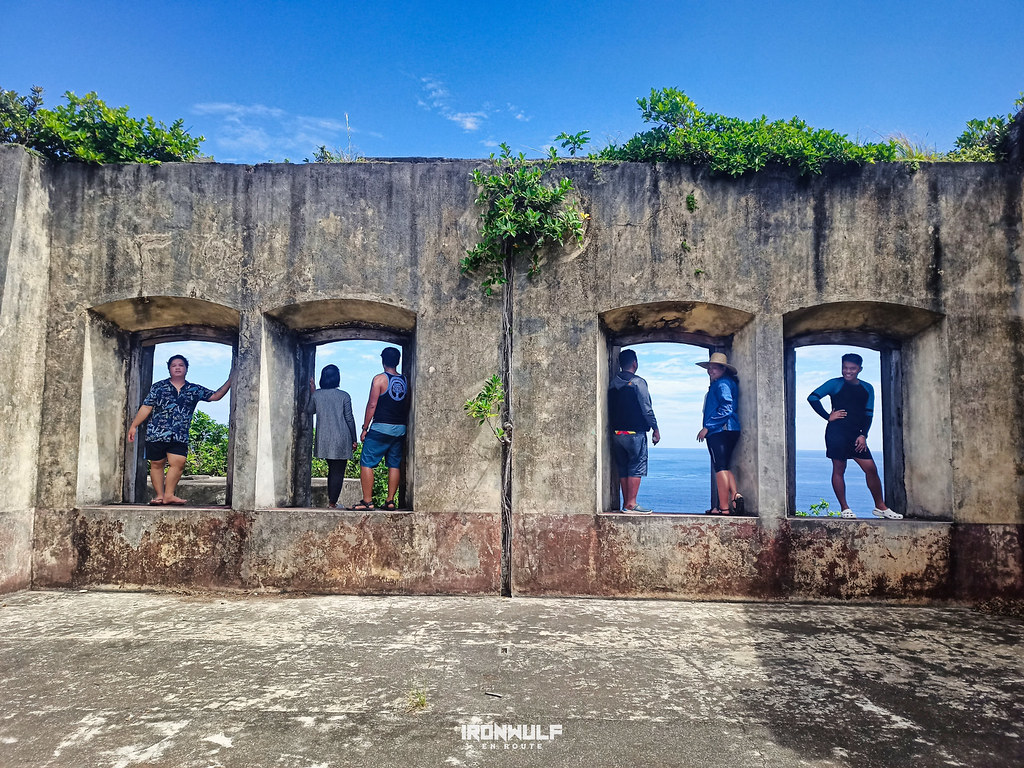


Ferdz Decena is an award-winning travel photographer, writer and blogger. His works has found print in publications such as Singapore Airlines’s Silver Kris, Philippine Airlines’ Mabuhay, Cebu Pacific’s Smile and Seair InFlight. He has also lent his expertise to various organizations like the Oceana Philippines, Lopez Group Foundation, Save the Children and World Vision, contributing quality images for their marketing materials.
